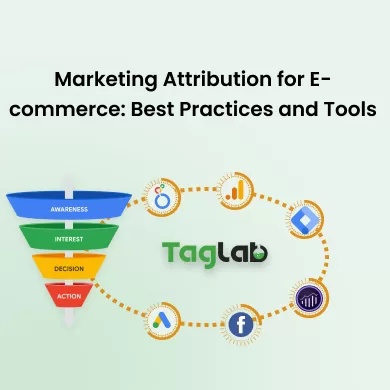Your cart is currently empty!
Customer Profiling
Posted by:
|
On:
|
Customer Profiling refers to the process of creating detailed representations of a company’s ideal customers based on various attributes such as demographics, behavior, interests, and purchasing patterns. These profiles, often called customer personas, help businesses better understand their target audience, allowing them to tailor marketing strategies, products, and services to meet the specific needs and preferences of different customer segments.
Detailed Explanation
Customer Profiling is a crucial tool for businesses aiming to deliver personalized and effective marketing efforts. By gathering and analyzing data about customers, companies can create profiles that reflect the characteristics of their target audience, enabling more targeted and relevant communication. Key aspects of Customer Profiling include:
- Demographic Information: This includes basic customer details such as age, gender, income level, education, and occupation. Understanding these factors helps businesses identify who their customers are and segment them accordingly.
- Behavioral Data: Behavioral profiling involves analyzing how customers interact with a brand, including their purchasing habits, browsing behavior, and engagement with marketing content. This data helps predict future behavior and tailor offerings accordingly.
- Psychographic Information: Psychographics delve into the lifestyle, interests, values, and attitudes of customers. This deeper understanding allows businesses to connect with customers on a more personal level and create more meaningful marketing messages.
- Geographic Data: Geographic profiling considers where customers are located, which can influence purchasing decisions, preferences, and needs. Businesses can use this information to customize their offerings based on regional trends and cultural differences.
- Customer Segmentation: Profiling allows businesses to segment their audience into distinct groups based on shared characteristics. This segmentation enables more precise targeting, ensuring that marketing efforts resonate with specific customer groups.
Effective Customer Profiling helps businesses refine their marketing strategies, improve customer engagement, and ultimately drive higher conversion rates and customer satisfaction by delivering more relevant and personalized experiences.
Key Points
- What it is: The process of creating detailed representations of a company’s ideal customers based on attributes such as demographics, behavior, interests, and purchasing patterns, to better understand and target the audience.
- Why it matters: Customer Profiling is important because it enables businesses to deliver personalized and effective marketing strategies, improve customer engagement, and drive higher conversion rates and satisfaction.
- How to use it: Implement Customer Profiling by gathering and analyzing demographic, behavioral, psychographic, and geographic data, creating customer personas, and using these profiles to tailor marketing efforts to specific customer segments.
Examples
- Retail Customer Profiling: A clothing retailer creates customer profiles based on age, gender, fashion preferences, and shopping behavior. These profiles help the retailer tailor its email marketing campaigns, offering personalized product recommendations and promotions to different customer segments.
- Financial Services Profiling: A bank develops customer profiles based on income, financial goals, and spending habits. These profiles allow the bank to offer personalized financial products and services, such as tailored investment plans or savings accounts, to different customer groups.
Related Terms
- Customer Segmentation
- Customer Persona
- Behavioral Targeting
- Market Research
Frequently Asked Questions
What is Customer Profiling?
Customer Profiling refers to the process of creating detailed representations of a company’s ideal customers based on attributes such as demographics, behavior, interests, and purchasing patterns, to better understand and target the audience.
Why is Customer Profiling important?
Customer Profiling is important because it enables businesses to deliver personalized and effective marketing strategies, improve customer engagement, and drive higher conversion rates and satisfaction.
How do businesses create Customer Profiles?
Businesses create Customer Profiles by gathering and analyzing demographic, behavioral, psychographic, and geographic data, creating customer personas, and using these profiles to tailor marketing efforts to specific customer segments.



